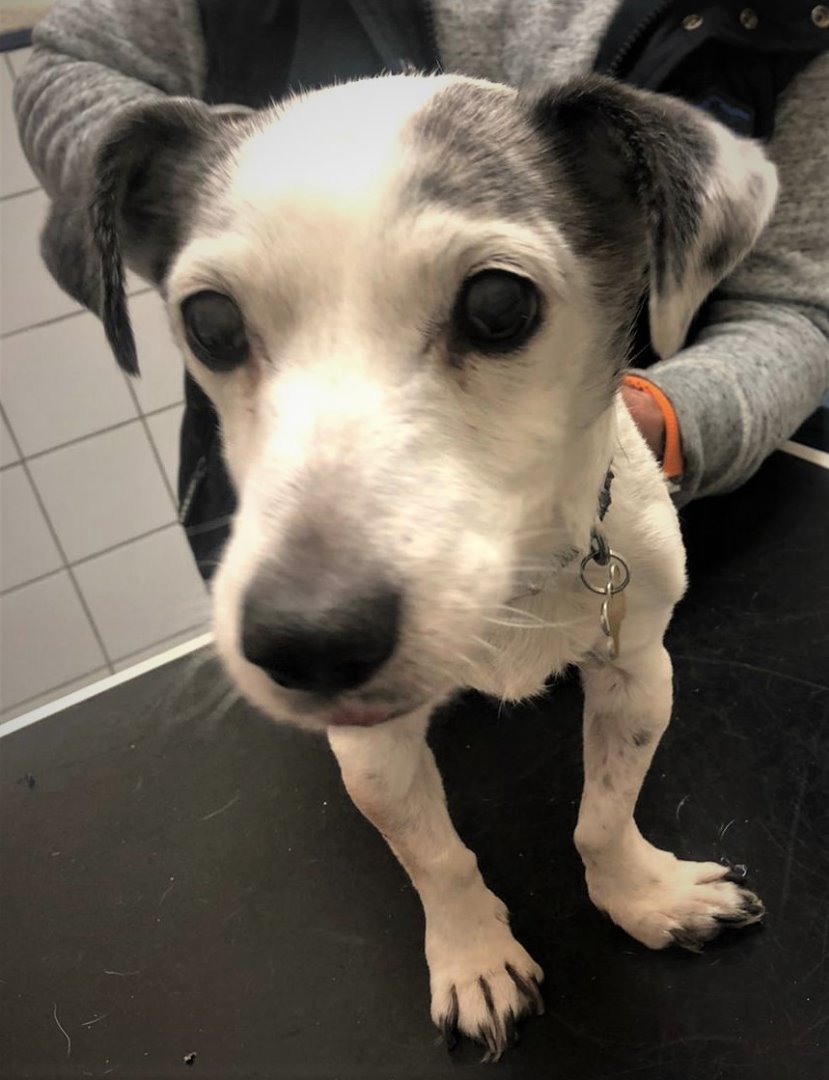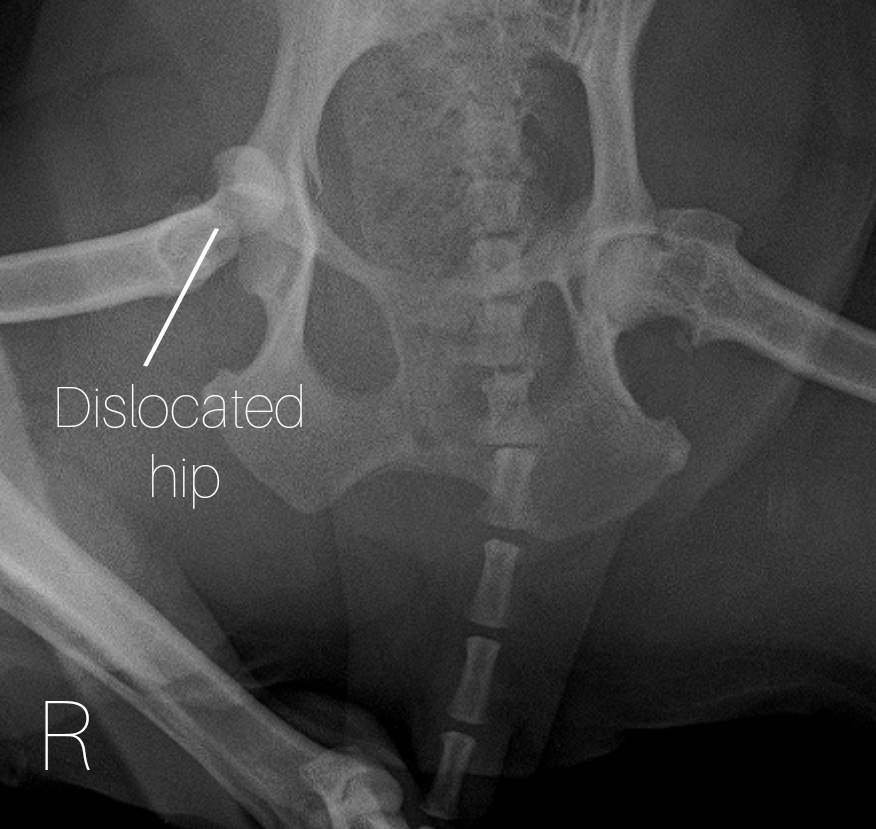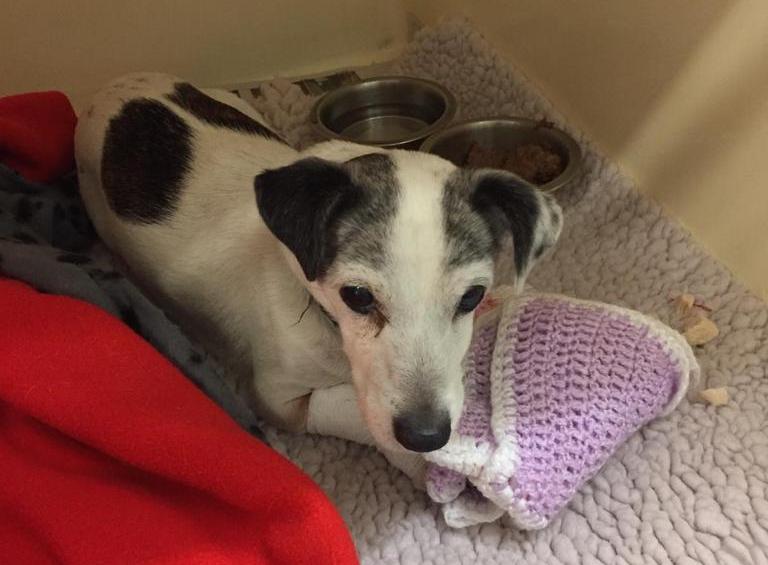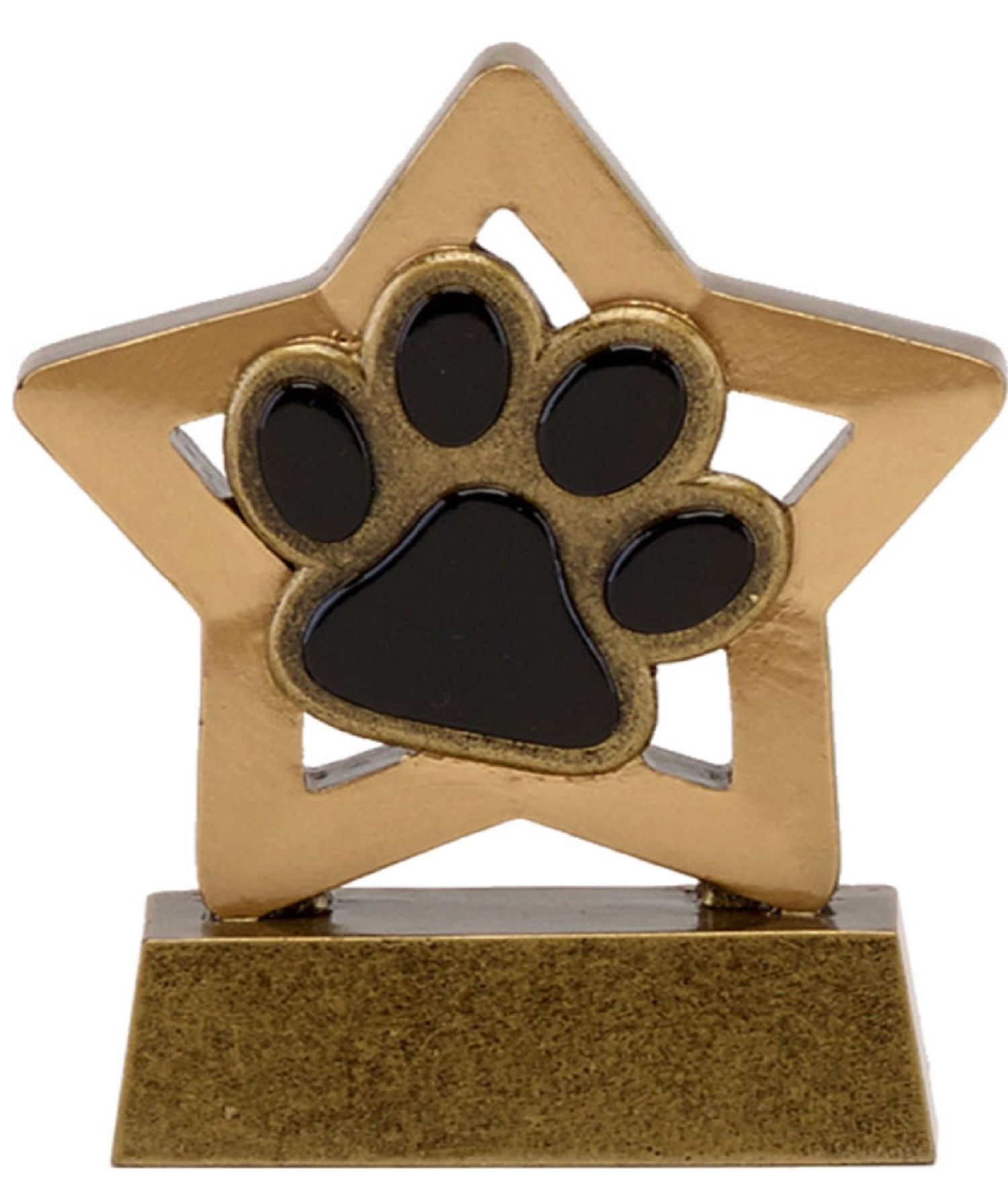- Provide your dog with a safe retreat or den. Many people will create a den by using a dog crate covered on three sides with a blanket, but a space under a piece of furniture could do the job equally well. Provide a cosy bed or blankets in which they can hide and feel secure. Allow them freedom to access and leave the den at all times and provide positive experiences whilst they are using it, like a favourite toy or treat and give lots of praise. Leave a water bowl nearby so that your dog can easily get a drink. Prepare this area in advance to allow your pet time to get used to using it.
- Cats tend to find their own safe haven such as under a bed , behind a sofa or up high on top of a wardrobe. You might like to provide a cardboard box on its side with a blanket inside or an igloo bed. It can be placed in your cats preferred hiding place, but don't force them to use it, they will choose to do what makes them feel most comfortable. Provide a litter tray that they can easily access.
Pet remedy plug-in diffuser - £18.92
Pet remedy refills (2 pack) - £18.92
Pet remedy calming spray 15ml - £5.26
Pet remedy calming spray 200ml - £16.66
Pet remedy calming wipes ( 12 pk ) - £7.20
Pet remedy party survival kit - £ 23.39
These products can help with many stressful events - do speak to your vet or nurse!
👕A Thunder-Shirt for dogs is based on the concept of swaddling or compression. Just as swaddling new born babies can help them to feel more secure, the gentle pressure applied by the Thunder-Shirt can have a calming effect and help anxious dogs feel more secure.
- Take your dog for a walk early in the evening before the fireworks start.
- Ensure your pet is safely inside and secure doors, windows and cat flaps. Cats will need a litter tray.
- Is your pet micro-chipped in case they do escape and are your details up-to-date?
- Try not to leave your pet alone when fireworks are going off. Pets may hurt themselves or cause damage if they are not supervised. Having you there provides reassurance and comfort.
- Shut curtains, keep lights on and switch on the radio or TV to help muffle out the sounds of the fireworks.
- Provide distraction in the form of toys, games, chews or favourite treats.
- A little calm reassurance from you, should they seek it, will go along way. It's ok to acknowledge that your pet is anxious but continue to remain relaxed yourself and carry on normally. Some pets will seek out comfort from you, it is ok to soothe them but don't over fuss. Others will prefer to hide, that's likely all the comfort that they need - they have found their safe haven.
- Praise your pet if they are relaxed with cuddles and a treat.
- Act normally and try to stick to your normal routine. Ignore the fireworks.
- Don’t get cross or punish your pet, regardless of their behaviour, as it will only make them more distressed.
- Should your dog need to go into the garden to the toilet, keep them close to you on a lead.
- If the hutch is attached to a run, make sure that your pet is back in their hutch before it gets dark and close off access to the run.
- Provide plenty of extra hay in which they can burrow and hide. A cardboard box ,with a hole cut in the side for access and filled with hay, makes a good hiding place.
- Turn the hutch to face a wall or fence to help block out the flashes, or cover the hutch. Do however ensure that there is enough ventilation.
- If you can, move the hutch indoors to a cool part of the house or into a shed for example.
- You could always bring them inside for a cuddle (if they are used to this) or pop them in a pet carrier indoors in a cool room with plenty of hay during the worst period of the fireworks.
Behaviour modification












